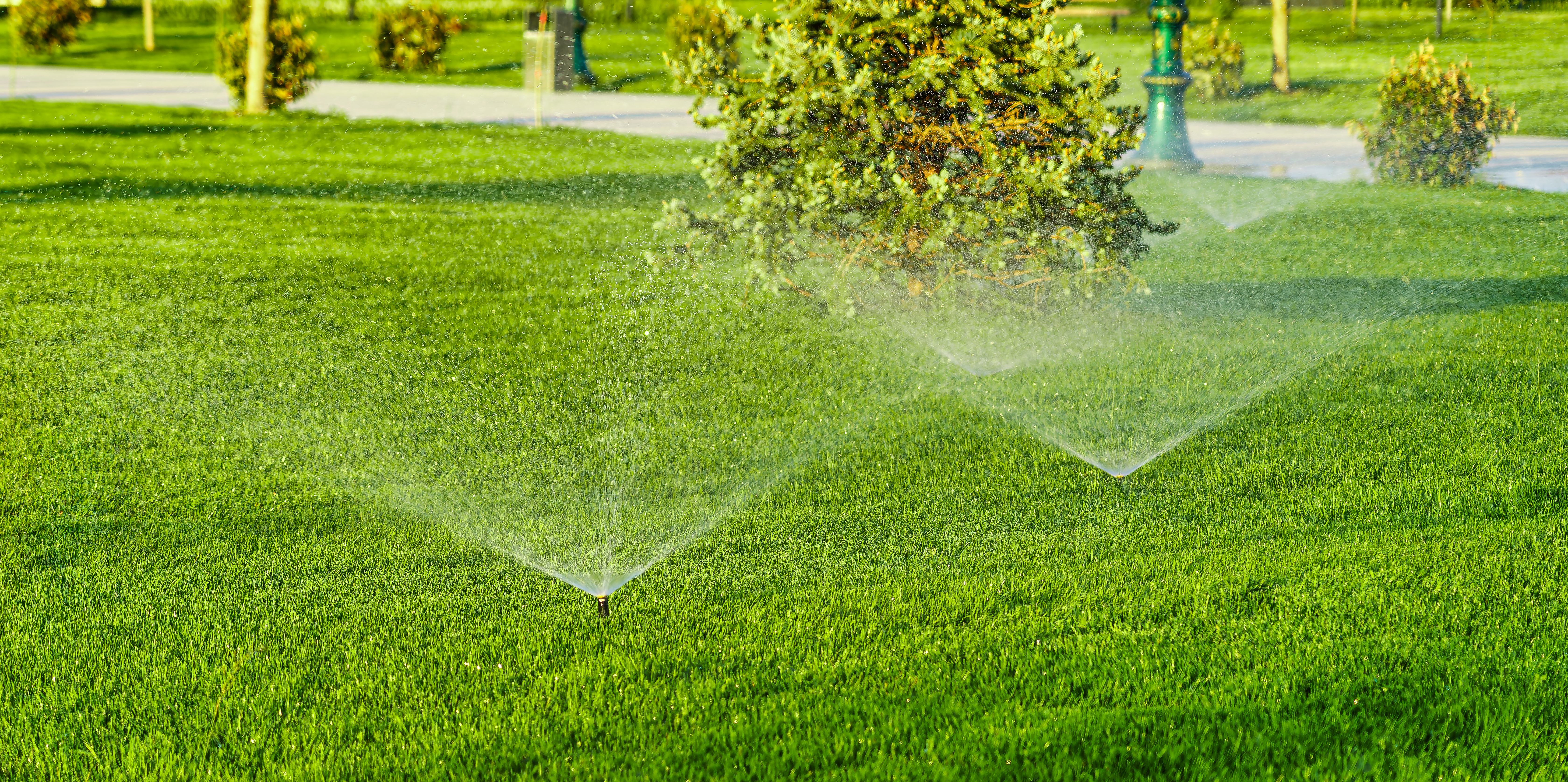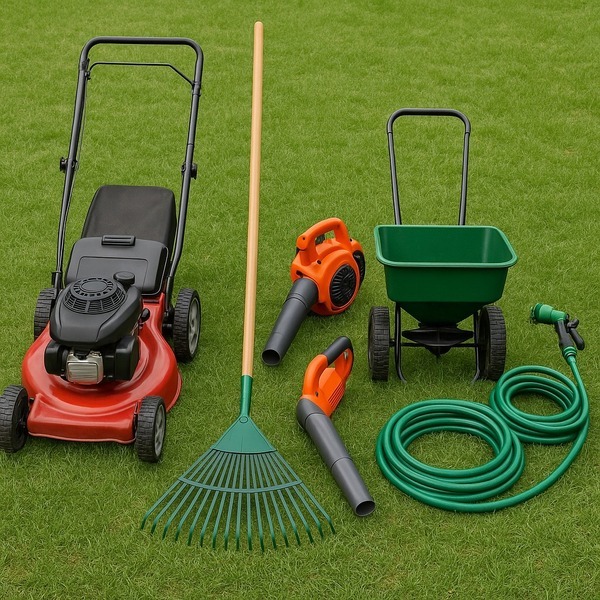Lawn Disease Prevention Tips for a Healthier Lawn All Year
A healthy, lush lawn doesn’t just happen—especially in climates where moisture, humidity, and seasonal changes can wreak havoc on your grass. One of the biggest threats to a beautiful yard? Lawn disease. From brown patch to powdery mildew, common turf diseases can quickly damage even well-maintained lawns if you’re not proactive.
Here are TLC’s top tips for year-round lawn disease prevention that’ll help you stay ahead of issues before they start.
Know the Signs of Common Lawn Diseases
Prevention starts with awareness. Catching turf disease early means you can treat small areas before they spread and compromise your lawn’s health.
Here are a few signs to look out for:
- Circular brown patches
- Gray, powdery residue (mildew)
- Wilting or thinning grass in shaded areas
- Orange rust-colored dust on grass blades
Different grass diseases thrive in different conditions. Brown patch and dollar spot often appear during warm, wet months, while snow mold shows up after long winters.
If you're unsure what you're seeing, contact TLC and they can help identify the issues with the lawn.

5 Steps to Prevent Lawn Disease Year-Round
The best way to deal with disease is to stop it before it starts. These simple but effective lawn care tips will help you build stronger, more resilient turf:
- Mow with care
Never cut more than one-third of your grass blade at a time. A stressed lawn is more vulnerable to fungus and disease. Keep mower blades sharp for a clean cut. - Water wisely
Water deeply but infrequently—about 1 inch per week. Shallow, frequent watering promotes disease. Mornings are best to avoid lingering moisture that encourages fungal growth. Best to avoid watering at night as much as possible. If you are not sure how much to water, use an empty tuna can which is 1 inch deep, when full you have watered enough. - Use disease-resistant grass types
Choose turf varieties that are well-suited to your region and less prone to disease. TLC can advise you on the best grass types for your lawn. - Fertilize at the right time
Over-fertilizing can promote rapid, weak growth that's more susceptible to disease. Use a balanced fertilizer appropriate for the season. Spring and fall are ideal times to strengthen your lawn. - Apply fungicide if needed
If you’ve had recurring problems, a preventative fungicide application in early spring or late summer can help. Choose a treatment based on the specific fungus or disease threat. Most fungi can be grown out and mowed off, try to use fungicide as a last resort.
Seasonal Lawn Care Tips to Keep Your Lawn Green and Disease-Free
Prevent lawn disease and grow a greener yard. TLC’s full-service lawn care program is designed to proactively manage weeds, surface feeding insects and identify disease through the seasons. We combine expert treatments, custom fertilization, and regular maintenance to help you get the lush, green lawn you want—with less stress.
If you’re seeing signs of lawn disease or want help protecting your grass before problems start, reach out today for a free quote.
Lawn Disease Prevention FAQs
Most lawn diseases are caused by fungi that thrive in humid, wet, or poorly drained conditions. Overwatering, mowing too short, or using dull mower blades can make lawns more vulnerable.
Drought stress often causes the whole lawn to fade uniformly, while disease appears as irregular patches or spots. Also, drought-stressed grass recovers quickly after watering, while diseased grass may continue to decline.
You can start with cultural practices like adjusting watering and mowing. But for recurring problems or specific fungus issues, working with a lawn care expert ensures proper diagnosis and targeted treatment



